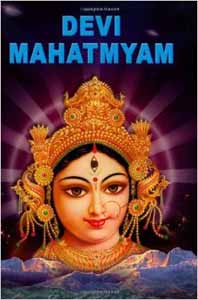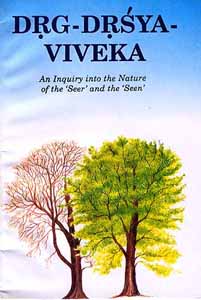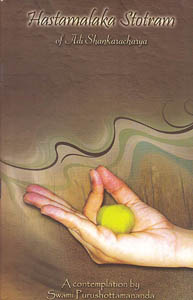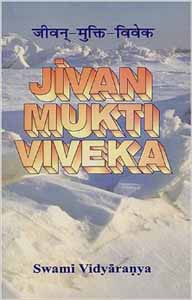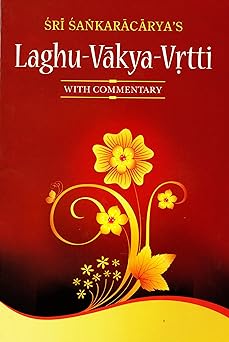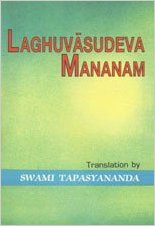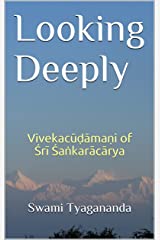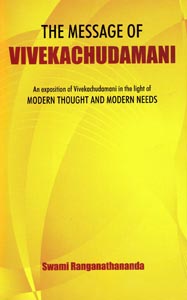Vedanta Scriptures: Other Texts
Devi Mahatmyam: Glory of the Divine Mother
from Markandeya Purana. Verses in praise of the Divine Mother portraying her victory over the forces of evil.
More info →Direct Experience of Reality
Verses from Aparokshanubhuti of Sri Shankaracharya with a commentary by Hari Prasad Shastri. English only.
More info →Drg-Drsya-Viveka: An Inquiry into the Nature of the Seer and the Seen
Devanagari text, word-for-word meanings, English translation, and notes.
More info →Hastamalaka Stotram
'Who are you?' 'Where do you come from?' These questions begin the dialogue between Sri Sankaracharya and a remarkable small boy, Hastamalaka, who reveals here his Self-knowledge - as clear to him as a fruit on the palm of his hand.
More info →Jivan-Mukti-Viveka
A highly revered Sanskrit treatise written sometime in the 13th century dealing with understanding and explaining the state of being 'spiritually free while living.'
More info →Jivanmukti Viveka
A highly revered Sanskrit treatise written sometime in the 13th century dealing with understanding and explaining the state of being 'spiritually free while living.' The book is translated into English from the Kannada original work by Swami Harshananda, a senior monk of the Ramakrishna Order and notably erudite scholar.
More info →Not in Stock
Laghuvakyavrtti of Sri Sankaracarya with Commentary
A short exposition on the meanings and implications of the mahavakyas (great sayings expressing the oneness of the individual soul with Brahman) with the commentary entitled Puspanjali. Devanagari texts of both original and commentary, word-for-word meanings, English translation, notes.
More info →Laghuvasudeva Mananam
A systematic exposition of Advaita metaphysics. English translation.
More info →Looking Deeply
Translation and notes on Sri Sankara's Vivekachudamani by Swami Tyagananda.
Vivekachudamani, a favorite of Vedanta students, follows a systematic scheme in its presentation but, because its 580 verses are not subdivided into chapters or sections, getting a grasp on the text becomes a challenge for many. For that reason the author has divided the text into four sections: The first section is introductory. It sets the stage for a dialogue between the student and the teacher. The second section applies discernment to distill the meaning of "this" (world), "that" (the Reality beyond), and "me" (the individual). This is done as a preparation for an analysis of the Upanishadic teaching: "You are That," which is the focus of section three. In the concluding section we read the exchange between the newly enlightened student and the teacher who is delighted to see the transformation.
More info →
Message of Vivekachudamani, The: An Exposition of Vivekachudamani in the Light of Modern Thought and Modern Needs
An exposition of Vivekachudamani in the light of modern thought and modern needs.
More info →








